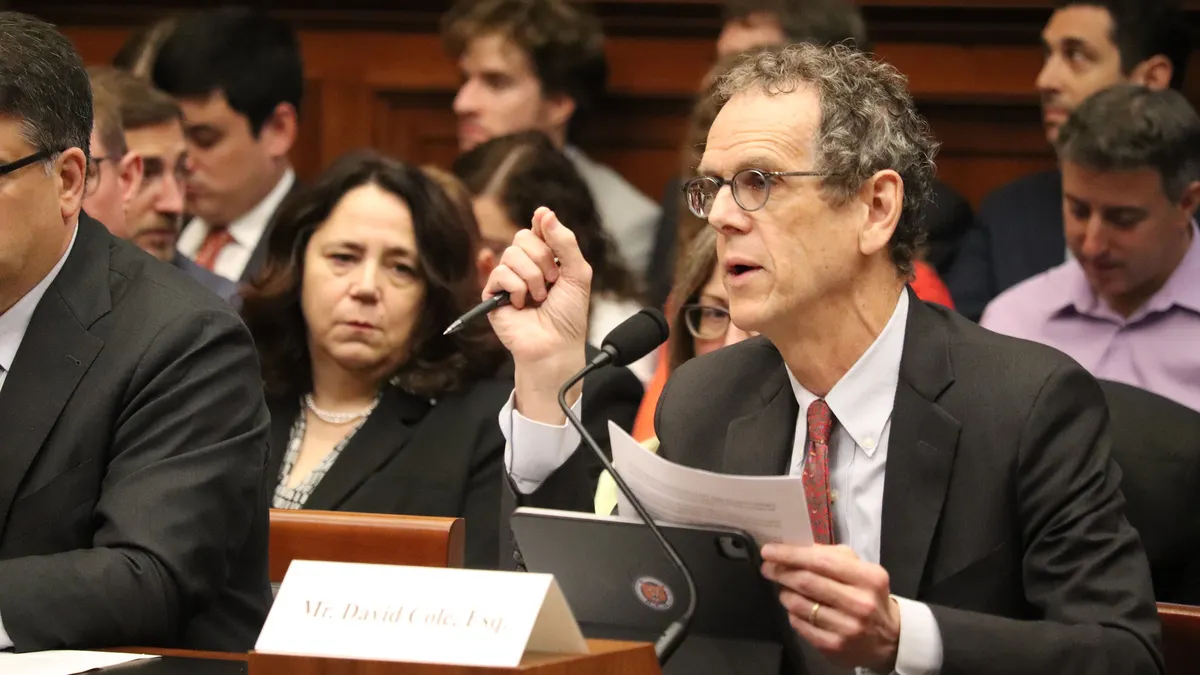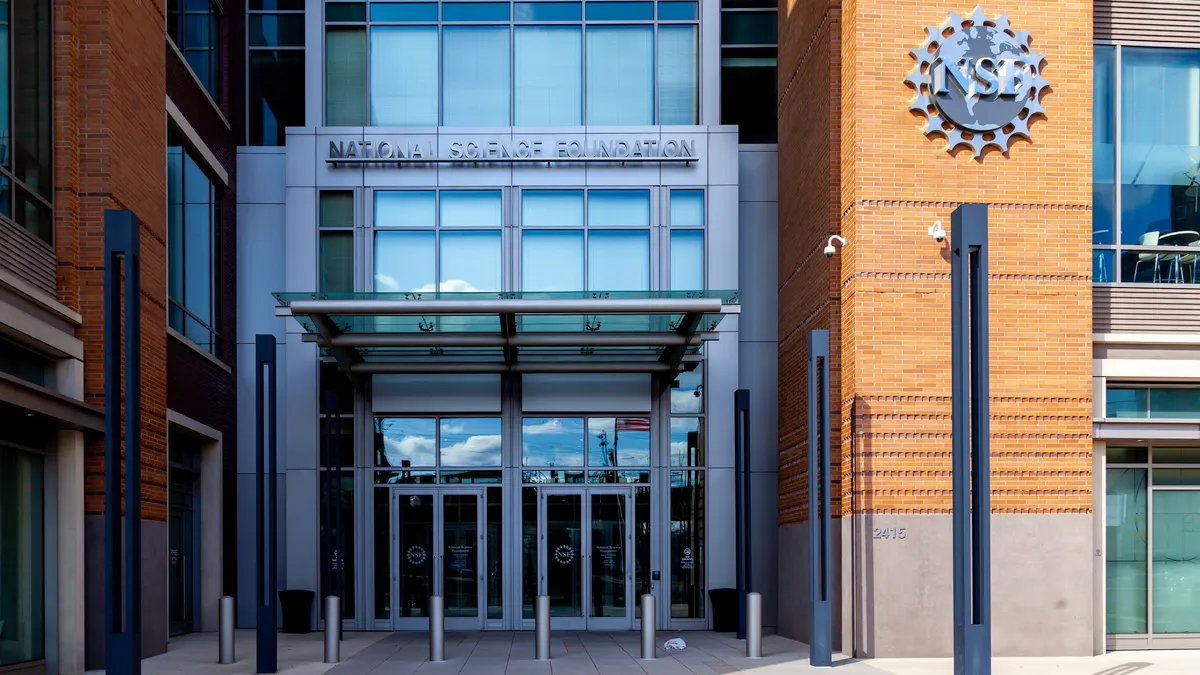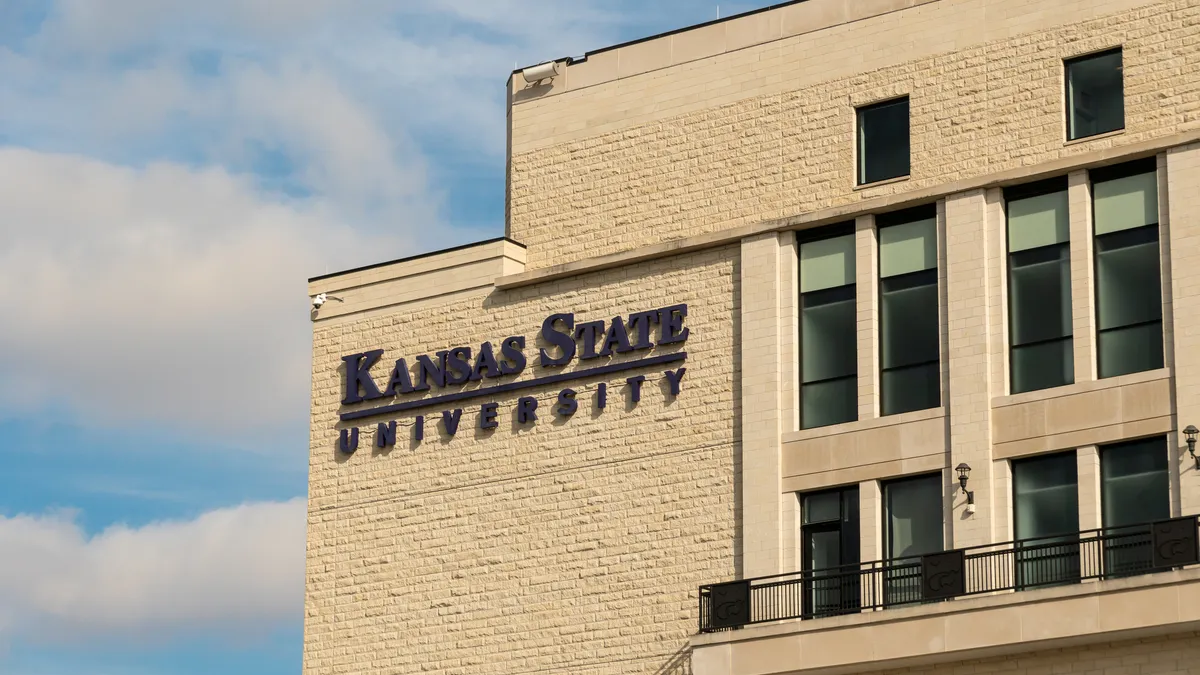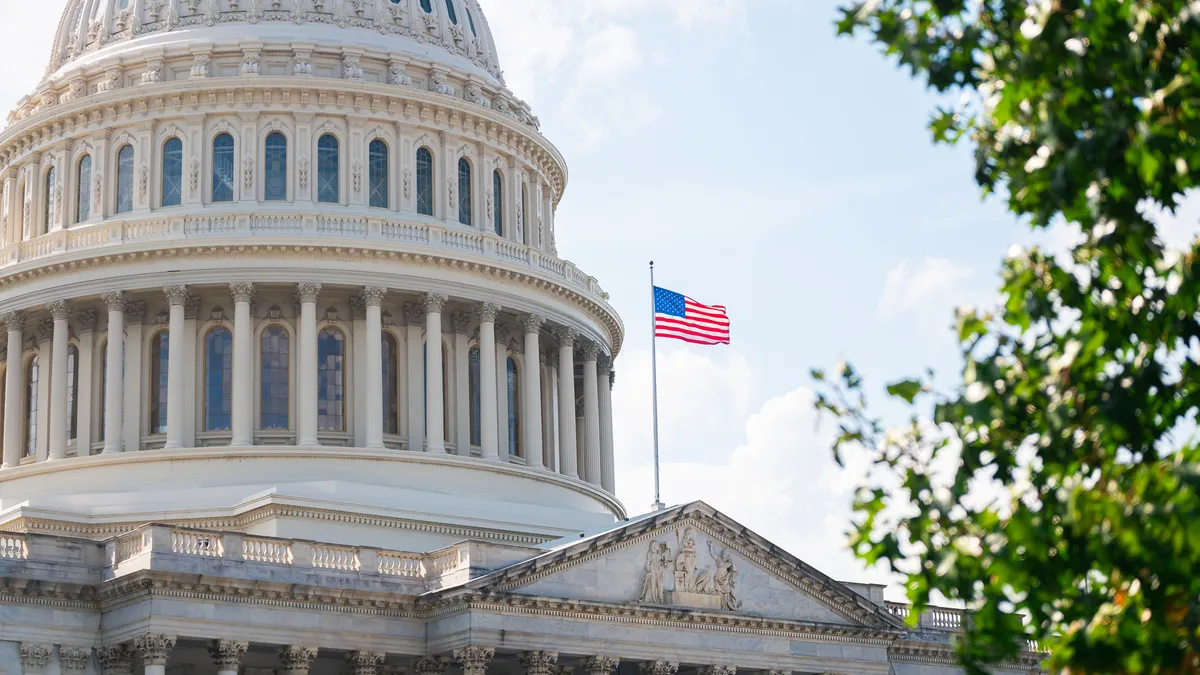The proposed tax reform legislation working its way through Congress has raised a lot of concerns for higher ed stakeholders and advocates.
Brian Flahaven, senior director of advocacy for the Council for Advancement and Support of Education, said “negotiations [between the conferees] are really happening already” and the convening of a conference committee is really “more of a theater conference.”
“It’s now or never on the conference issues,” he said during a session at the Higher Education Relations Conference Thursday. “If you have been weighing in, if you have been talking about your presidents about weighing in, weigh in now.”
Concerns topping the list include: worries over not being able to deduct state and local taxes; taxation of tuition benefits and how that would impact students and families; a proposed tax on endowments; and how the Senate and House bills could potentially add fuel to the beliefs that the industry is under attack.
In addition, higher ed leaders and advocates are scrambling to make sense of the 500-plus page Promoting Real Opportunity, Success and Prosperity Through Education Reform (PROSPER) Act — the comprehensive bill to reauthorize the Higher Education Act, which is overdue for reauthorization — that the House Republicans introduced Dec. 1. Experts at the Higher Education Government Relations Conference, being held this week in San Diego, provided a Reader’s Digest overview of the key issues during a Thursday panel.
Tax reform
The item generating the most conversation in higher ed circles is the proposal to tax endowments of private institutions with more than 500 students and endowment assets of more than $250,000 and $500,000 in the House and Senate bills respectively, per full-time enrollee. Both chambers of Congress included the tax in their bills, according to Flahaven, to achieve parity with other private foundations.
But as he pointed out, “the public excise tax doesn’t make any sense,” because college and university foundations are different than other private foundations.
“There have been other proposals that have tried to direct the spending of endowment to student aid, and at least you could argue they’re trying to do something about affordability,” he said. But the legislation as it is currently written has a number of provisions which will actually negatively impact affordability.
For example, the inability to deduct state and local income tax payments “clearly has an impact on public institutions,” said Flahaven. “If individuals are not allowed to deduct their state and local income tax deductions, it could place pressure on states to not increase taxes [which would mean they also would] not increase appropriations to higher ed.”
Not only that, he said the blow to charitable giving deductions will increase the cost of higher ed, as private donors will be discouraged from giving. Though the charitable deduction is preserved in both versions of the bill, changes to the threshold one must give before itemizing would mean the number of itemizations would see “a pretty dramatic drop” — an estimated loss of $12 billion to $20 billion per year for the industry starting in 2018.
Furthermore, changes to the private activity bonds will mean “college and university foundations, which may be involved in real estate, may be involved in construction” will see “millions and millions of dollars at stake with these bonds” if repealed as the House bill proposes.
HEA reauthorization
Jim Hermes, vice president for government relations at the American Association of Community Colleges, said during the session that “there’s still no designated timeline” on HEA reauthorization, but "we have a bill now on the House side” that experts expect “to be marked up in the House education committee next Tuesday.”
The Senate, on the other hand, is “just starting to broach bipartisan conversations” around HEA. Senate Health, Education, Labor and Pensions Chair Lamar Alexander (R-Tenn.) is aiming to produce and mark-up a bill by the end of the first quarter of 2018, but few have fully reviewed it, let alone digest the large document. Hermes noted that “the bill once again includes a single definition of the institution of higher education,” which has “a lot of potential impact … in terms of making for-profit institution eligible for any funding.”
“There are provisions in the bill that would open up eligibility in these programs for new providers altogether — along the lines of what the Obama administration did with the external sites program, allowing traditional programs to partner up with alternative programs [to achieve eligibility] for student aid programs.”
However, the bill “purports to streamline reporting requirements for institutions," Hermes said. “Much to their credit, the House Republicans have been focused on reducing the regulatory burden” on higher ed, he added — though “in other parts of the bill, there are additions and new ones.”
The main things for colleges and university administrators to note are increased emphasis on accountability and the idea that higher ed exists as a workforce development training ground. Hermes noted the bill has “a lot of provisions aimed at making higher ed in general more workforce development-oriented.”
There’s also a “risk-sharing proposal not tied to loan payments or loan defaults, but rather the return of Title IV provisions [and the idea that] a student doesn’t ‘earn’ all of their aid unless they’re there for the entire term, and the institution is solely responsible for the return of any aid that needs to be returned,” he said. The idea is “to keep institutions more accountable for the graduation of their students.”
There will also be reforms in Title III and Title V programs that require a 25% graduation rate, though the percentage will include the progress of transfer students and others who are not necessarily first-time, full-time enrollees.
Recent reports have shown this change will have a huge impact on the reported graduation rates across the sector. For example, historically black colleges and universities — whom many feared would shutter under an increased push for accountability because of the populations they serve — have a collective federal graduation rate of 34.1%. But, when accounting for all students tracked by the National Student Clearinghouse — which includes transfer students — that number rises to 43%. When considering only full-time students, the number is 62%. Though HBCUs and tribal colleges would be exempted from the new provisions, adjusted reporting outcomes actually favor these institutions.
In addition to these major focuses, there’s a lot of attention on financial aid issues, particularly loan repayment options. There’s also a new “Pell grant bonus,” Hermes said.
“There’s been a lot of talk over the years to move what is considered full-time enrollment from 12 to 15 credits per semester. Rather than doing that, what they’ve done in the bill is keeping full-time defined as it is now, but giving students [taking more than 12 credit hours per semester] a bonus that totals $300 per year,” Hermes said.
There’s also a “revamped work-study” program, which is “less based on prior and historical allocation in the program to a ‘fair share’ formula” to make distribution more equitable.



















